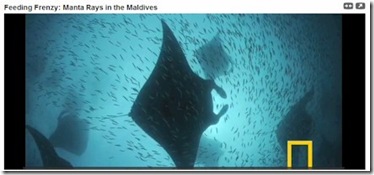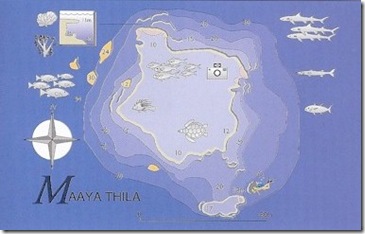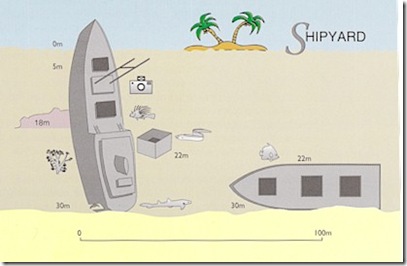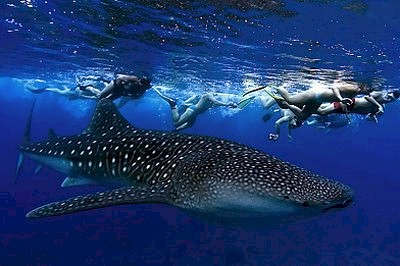Maldives is one of the world’s leading diving destinations right up there with the Red Sea, Great Barrier Reef, Caymans, and Belize. But which is the top resort for diving among this top destination. Certainly a subject for much debate and hair-splitting. Picking out out a premier site over the 90,000 square kilometres of atolls would be a bit of a tall order.
TripAdvisor Forums have also discussed this topic and offer a range of other nominations with a particular fondness for the South Ari atoll. But the most prominent consensus pick appears to be ‘Fotteyo Kandu’ in the Felidhoo Atoll. Tim Godfrey’s book on the Maldives, ‘Dive Maldives’, describes in his full page review of the site (page 115) which includes the pictures featured here…
- “An excellent dive regarded by many divers as the best site in the Maldives. It is a photographers’ paradise and a mecca for marine biologists. This is a dive with many possibilities.”
The dive travel site appropriately named ‘Maldives Dive Travel’ also anoints it #1in its own top 5 list with this compelling description…
- “Many scuba divers consider Fotteyo Kandu to be the best Maldives dive site and it is also rated among the top 5 dive sites in the world. The mouth of the channel is exposed to the ocean and during north east monsoon when the currents are incoming, a good variety of fish species gather at the entrance to the channel. Animals commonly spotted at Fotteyo Kandu include Gray Reef Shark patrolling the channel mouth, Jack and Tuna in the deeper water, schools of Midnight Snappers and Red Snapper form in huge groups. The wall features caves, overhangs and swim-throughs at different depths. These caves and overhangs are filled with colourful yellow color like soft coral, deeper caves and overhangs are filled with huge bushes of black corals. The Thila in the middle of the channel entrance is the best place to do the safety stop. A surface balloon is a must at Fotteyo Kandu.”
Two resorts are in the Felidhoo atoll for those seeking out Fotteyo, Dhiggiri and Alimatha, but Alimatha gets the nod because it about 4 kilometres closer to the site.





















